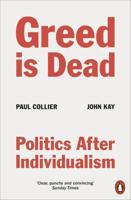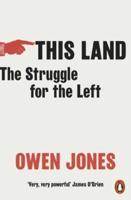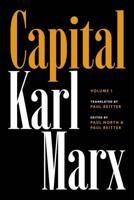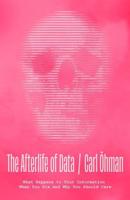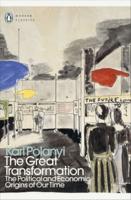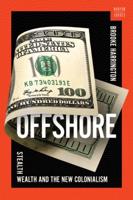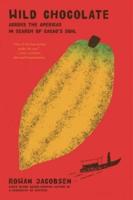Publisher's Synopsis
This monograph surveys the formal literature on multiparty electoral competition. The inspiration for these models comes from Hotelling's famous model of duopoly. Part 1 provides a theoretical orientation to a set of spatial location problems, common to elections and industrial organizations. Part 2 explores spatial competition, both economic and political, with a fixed set of agents, (firms and parties respectively). Part 3 surveys models in which the decision of agents to participate are endogenized. The final Part considers historically important problems relevant to political competition: the relationship between electoral arrangements and the equilibrium number of competitors and problems of forming governments in multiparty parliaments.

